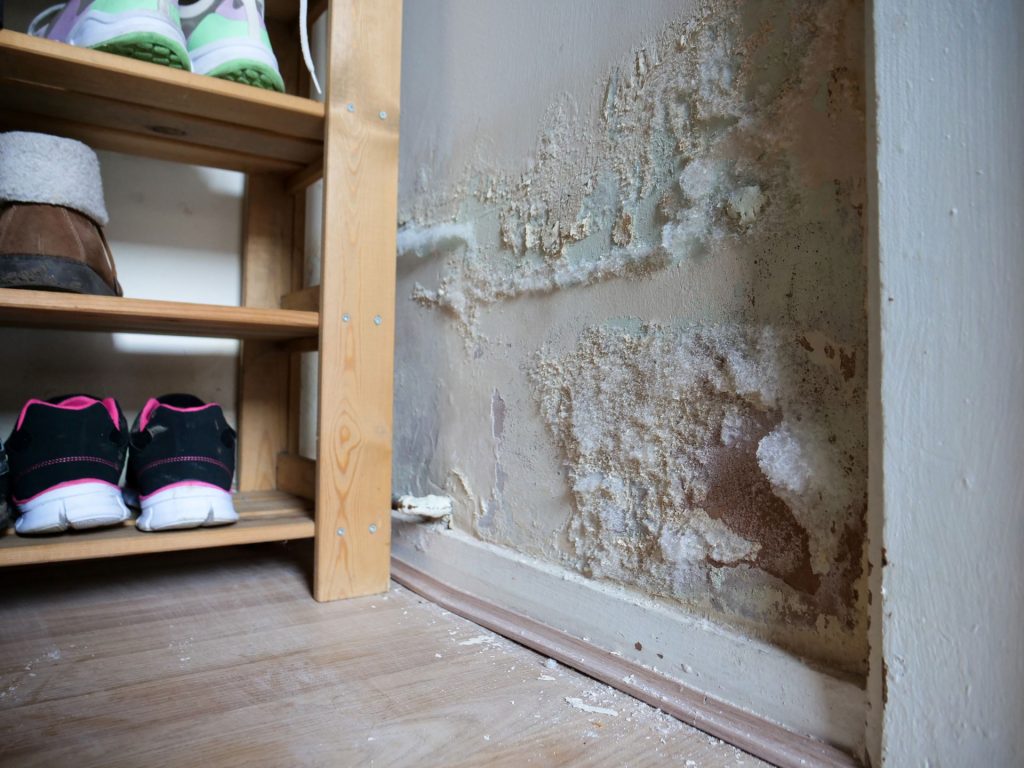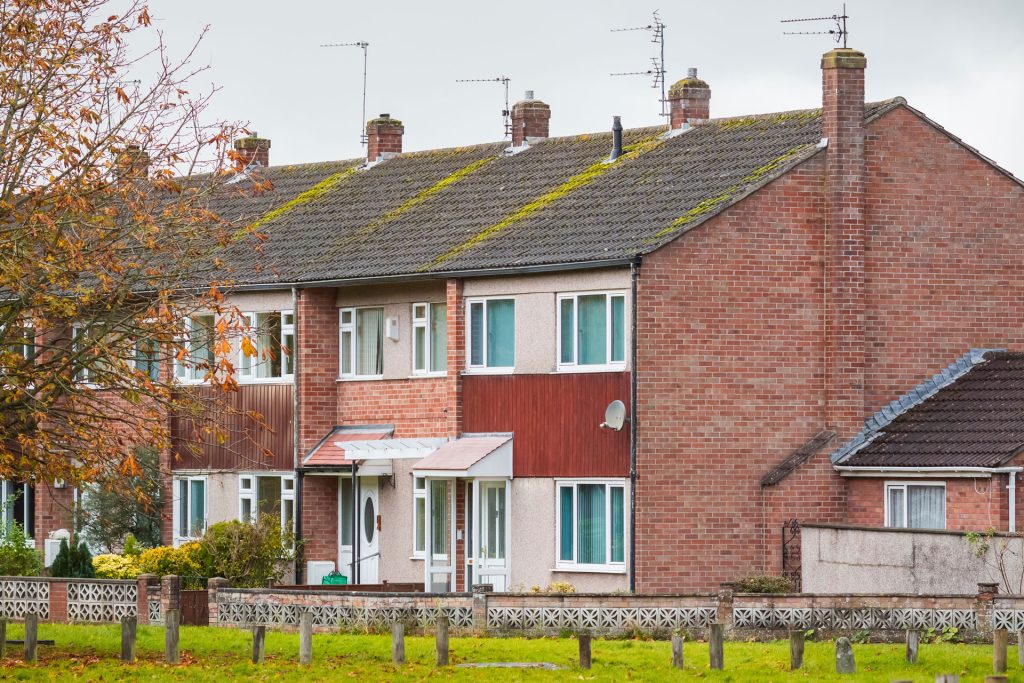Living in a well-maintained and safe home is a basic expectation for every tenant. However, many individuals find themselves facing housing disrepair issues that compromise their comfort, health, and overall quality of life.
Introduction
It is essential to understand the common causes of housing disrepair to prevent and effectively address these issues. This article aims to provide a comprehensive overview of the root causes of housing disrepair, shedding light on the factors that contribute to the deterioration of rented properties.
Lack of Proper Maintenance in Housing
One of the primary causes of housing disrepair is the lack of proper maintenance by landlords. Neglecting routine maintenance tasks and failing to address minor issues in a timely manner can lead to significant problems later on. Landlords must prioritise regular inspections, identify potential issues, and undertake necessary repairs and maintenance to ensure the property remains in good condition.

Structural Defects and Disrepair
Structural defects can have a profound impact on the overall condition and safety of a property. Poor construction practices, inadequate materials, or substandard workmanship can result in structural issues. These may include problems with the foundation, such as subsidence, or roofing issues like leaks. Structural defects compromise the stability of the property, and if left unaddressed, can lead to severe damage and safety hazards for tenants.
Dampness and Moisture
Dampness and moisture-related problems are common causes of housing disrepair, particularly in older properties or those with inadequate ventilation and insulation. Rising damp and penetrating damp can result from issues such as faulty plumbing, inadequate damp-proofing, or water ingress. Condensation, caused by poor ventilation, can also contribute to dampness and mold growth. Dampness not only damages the property’s structure but also poses significant health risks to tenants.
Plumbing and Drainage Problems
Faulty plumbing systems and drainage issues can cause severe housing disrepair. Leaking pipes, dripping faucets, and malfunctioning plumbing fixtures can lead to water damage, dampness, and mold growth. Blocked drains and sewerage problems can result in unpleasant odors, sanitation concerns, and potential health hazards. It is the responsibility of landlords to ensure the proper functioning of plumbing and drainage systems.
Electrical Faults and Safety Hazards
Electrical faults and safety hazards pose a significant risk to tenants. Outdated or faulty electrical wiring, inadequate installations, or the use of incompatible electrical equipment can lead to electrical issues. These include power surges, flickering lights, or even electrical shocks and fires. Landlords must ensure that electrical systems are regularly inspected and maintained by certified professionals to minimise the risk of such incidents.
Inadequate Heating and Insulation
Insufficient heating and inadequate insulation can significantly impact tenant comfort and energy efficiency. Faulty or inefficient heating systems, poorly insulated walls, windows, and roofs result in heat loss, leading to cold and uncomfortable living conditions. It also leads to increased energy consumption and higher utility bills for tenants. Landlords must provide adequate heating facilities and ensure proper insulation to maintain a comfortable and energy-efficient living environment.

Pest Infestations
Pest infestations, such as rodents, insects, or other vermin, are not only a nuisance but also a common cause of housing disrepair. These pests can cause property damage, contaminate food, and pose health risks to tenants. Landlords have a responsibility to address pest infestations promptly and implement effective pest control measures to maintain a habitable and hygienic living environment.
Tenant Actions and Habits
While landlords bear the primary responsibility for maintaining rented properties, tenant actions and habits can also contribute to housing disrepair claims. Lack of proper care, failure to report issues promptly, or even deliberate damage caused by tenants can exacerbate existing problems. Tenants must understand their responsibilities and play an active role in maintaining the property’s condition.
Conclusion
Understanding the common causes of housing disrepair is essential for tenants and landlords alike. By recognising these root issues, proactive measures can be taken to prevent disrepair, minimise damage, and ensure a safe and habitable living environment. It is crucial for tenants to communicate effectively with landlords, report issues promptly, and cooperate in the resolution process. Additionally, landlords must fulfil their responsibilities by conducting regular inspections, maintaining the property, and addressing repair issues in a timely manner. By working together, tenants and landlords can prevent housing disrepair, ensuring that rented properties are safe, comfortable, and well-maintained for all occupants.
